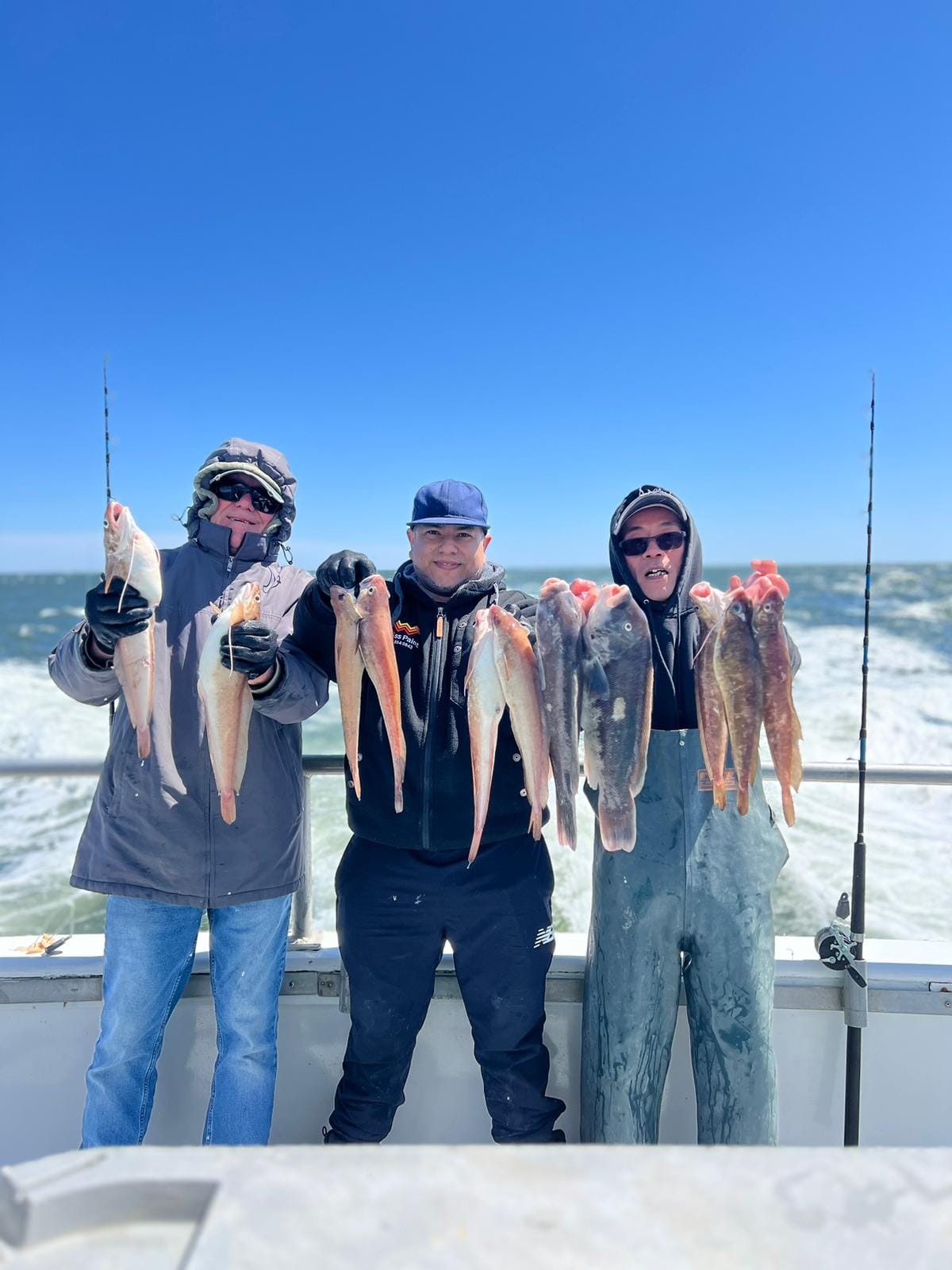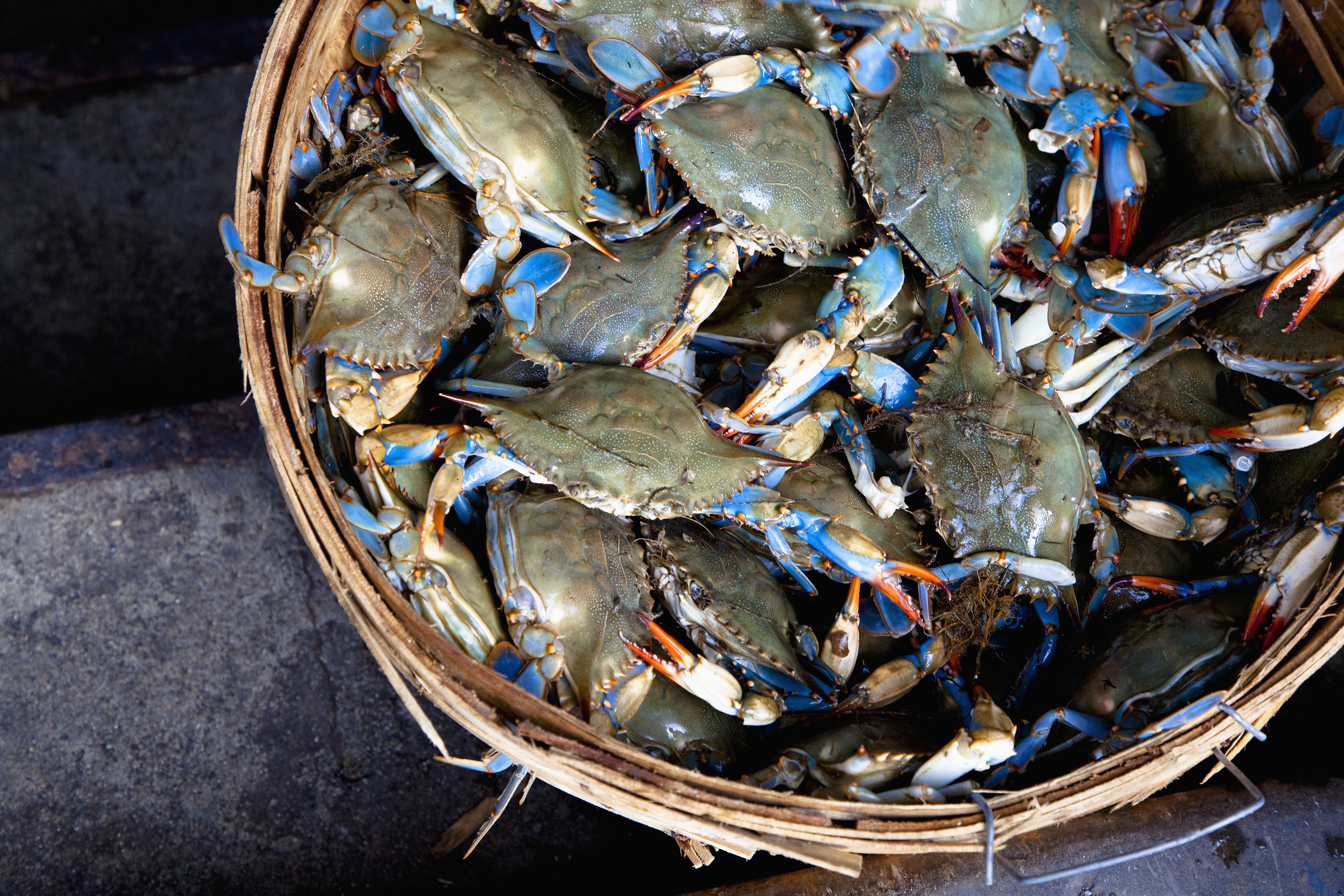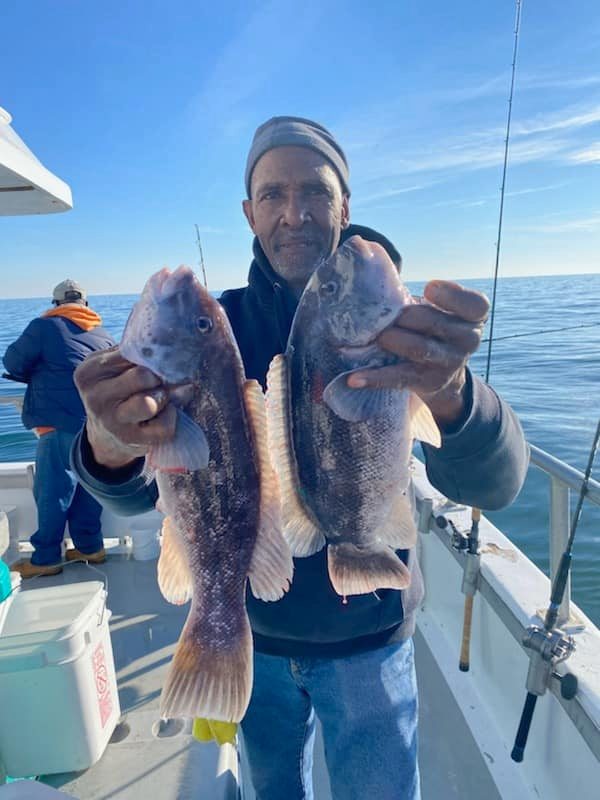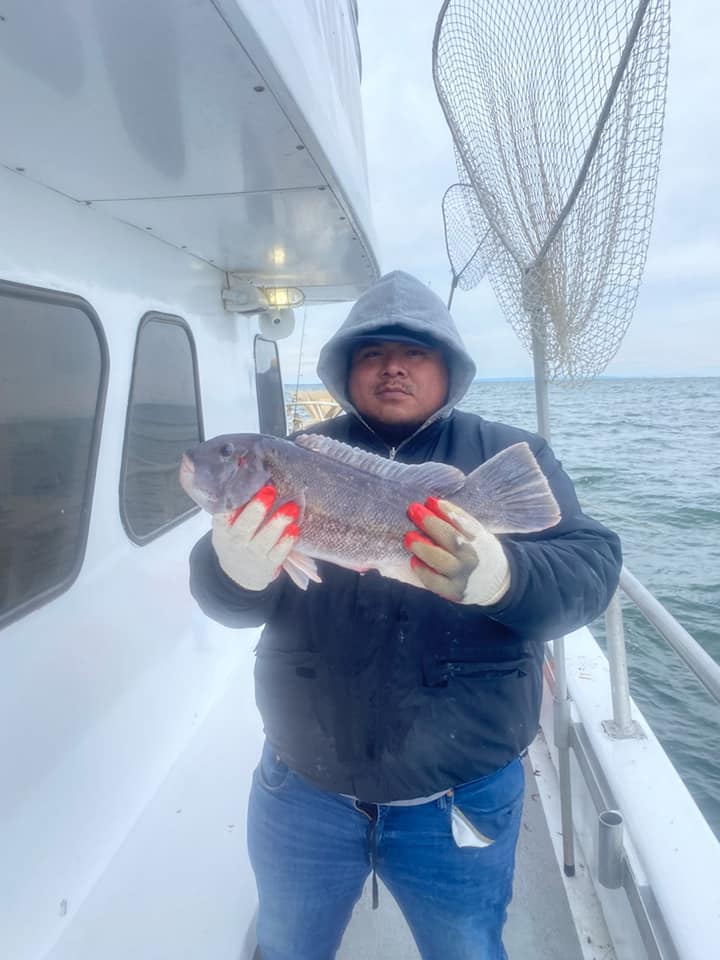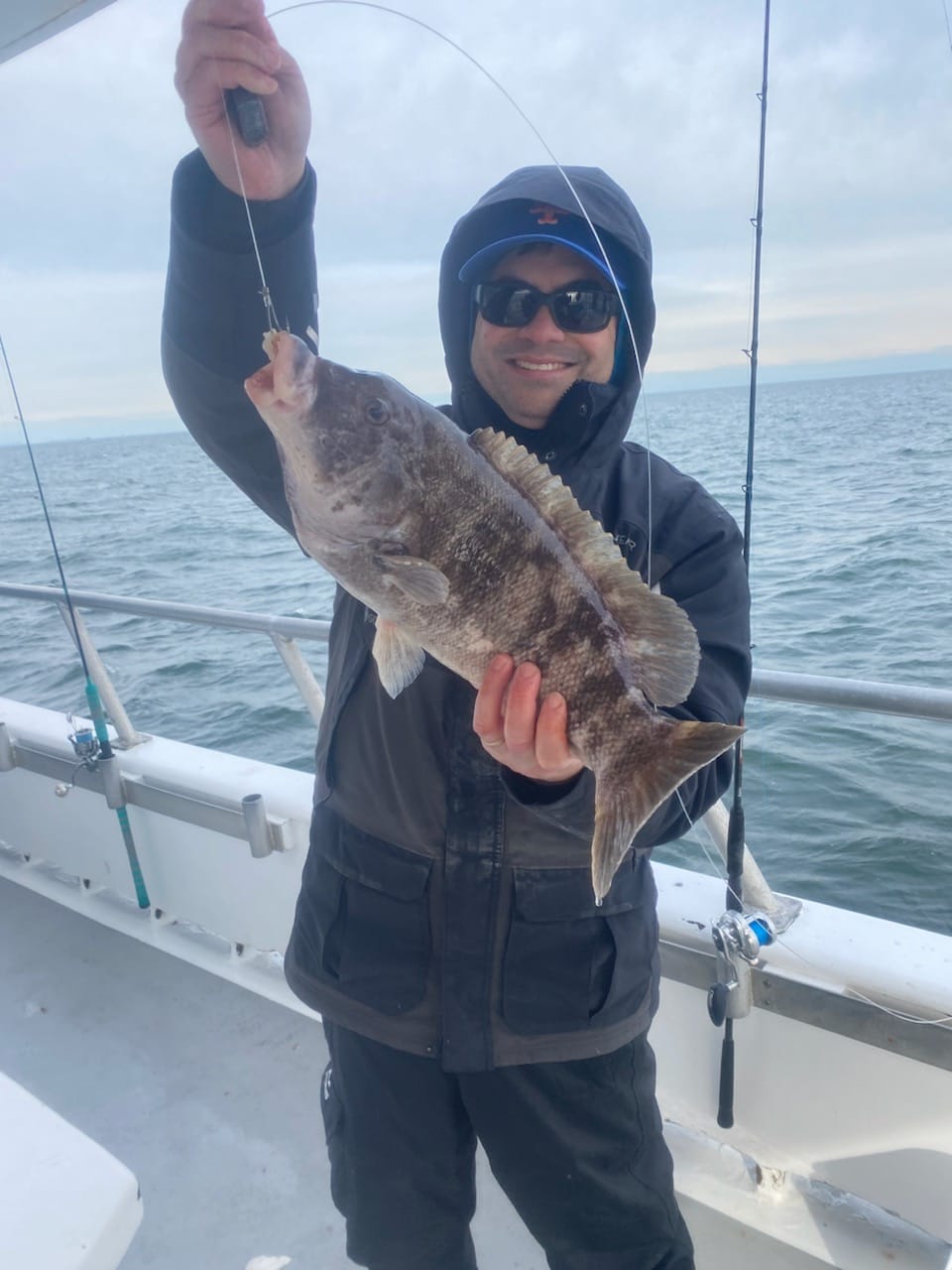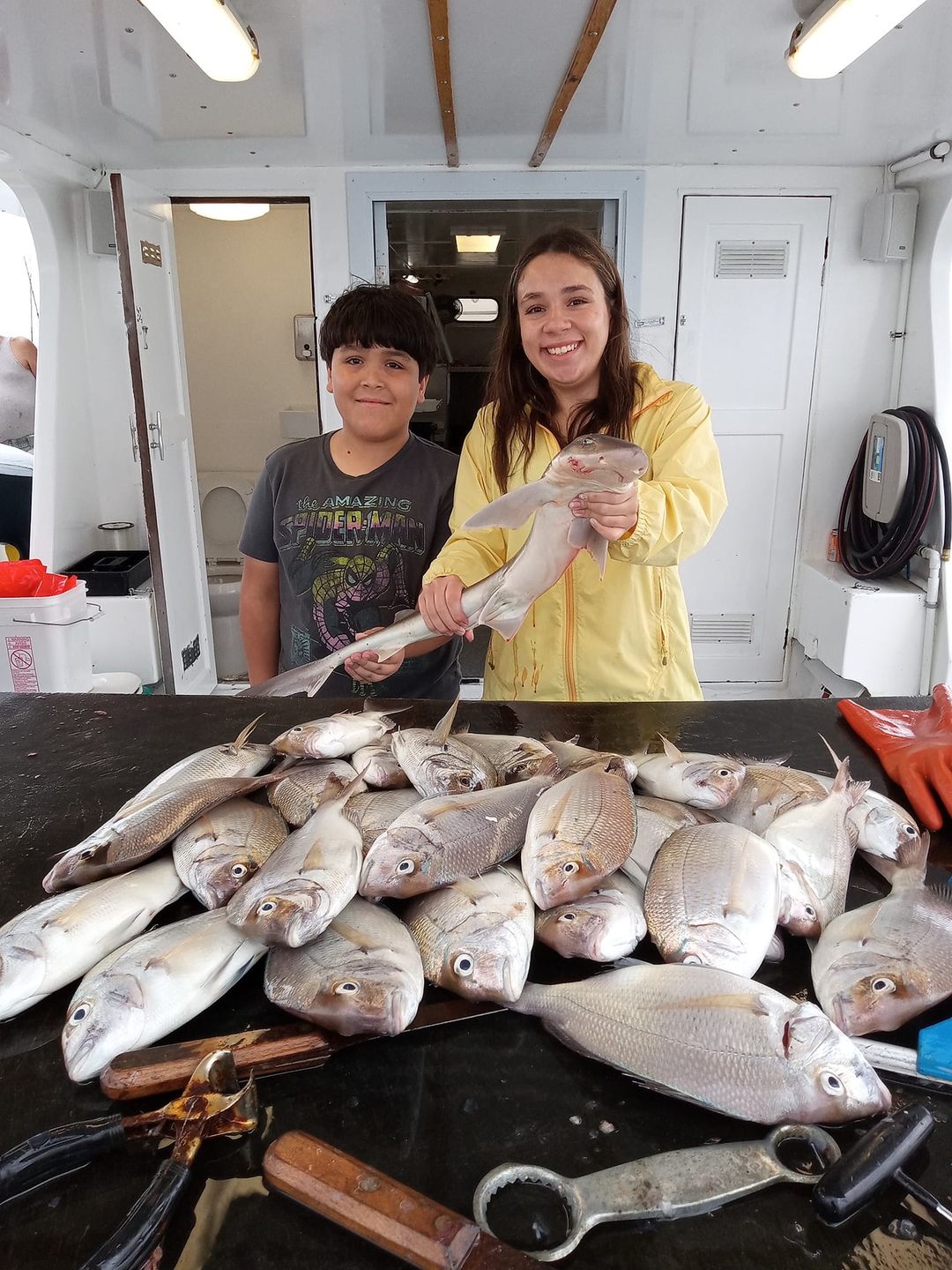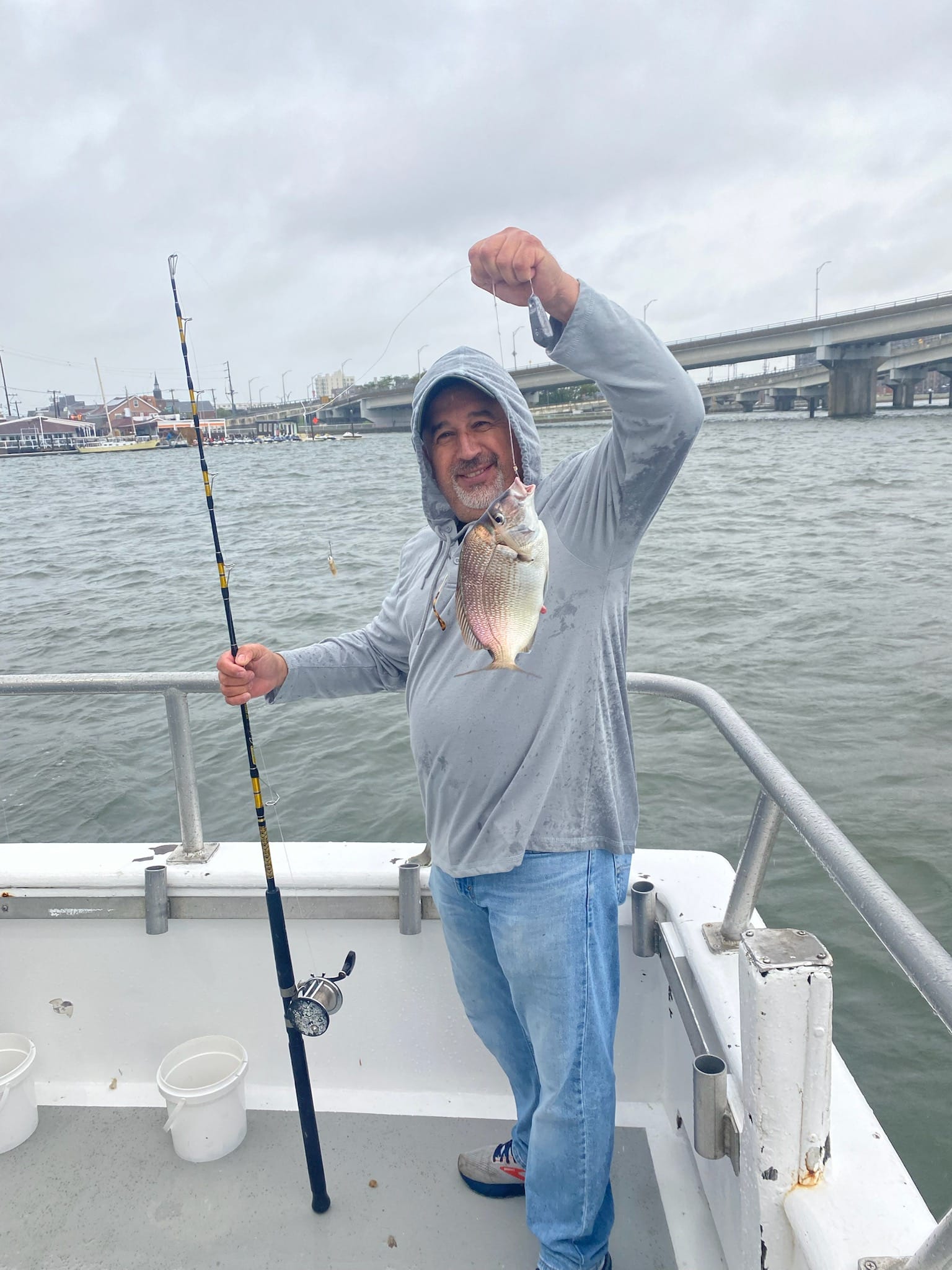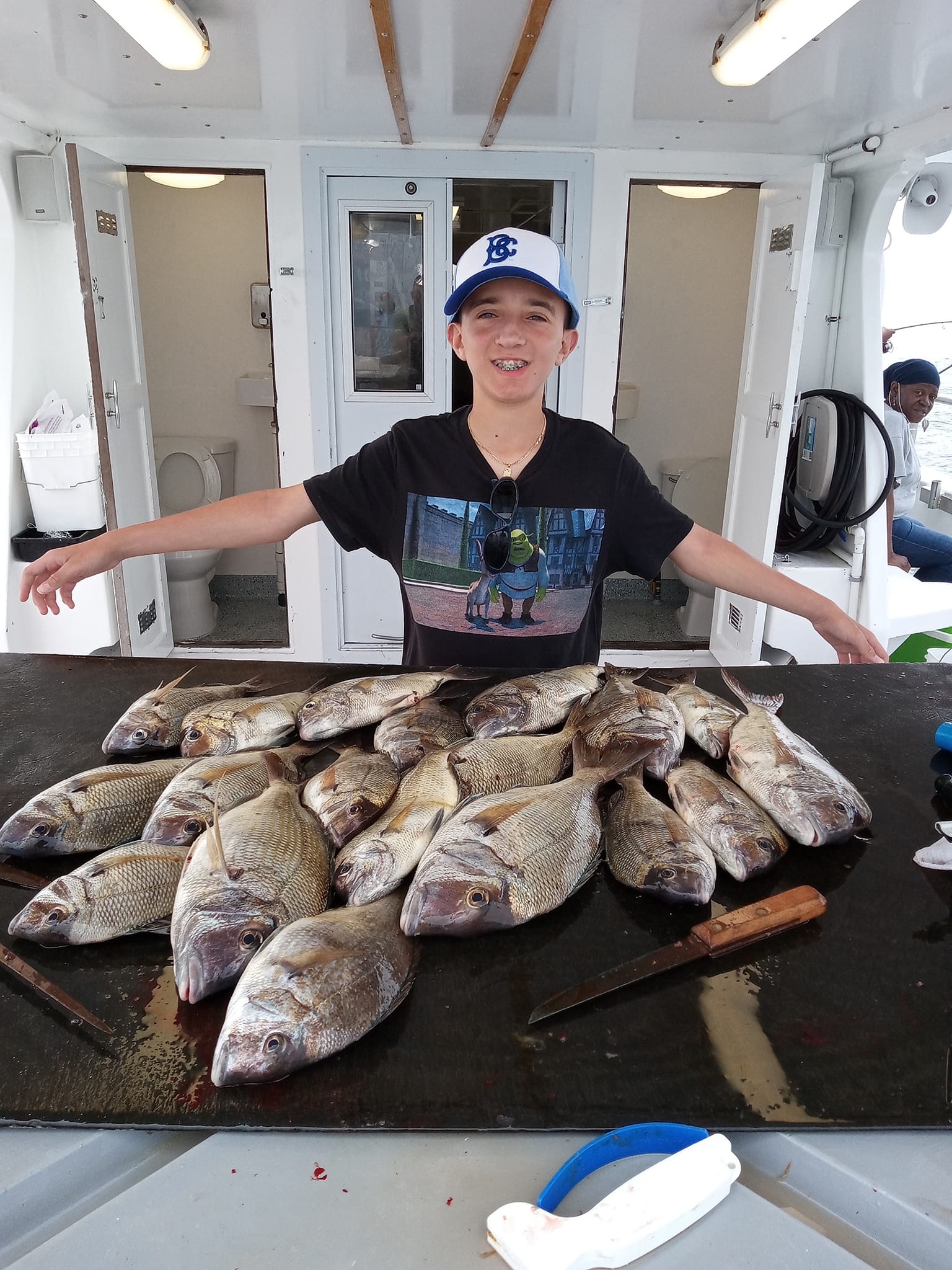
There is something really exciting about becoming an angler. Not only is it an incredibly fun hobby that you can enjoy for the rest of your life, but it’s also something you can pick up fairly easily – without a tremendous learning curve – making it easily accessible to new people looking to take up fishing as a sport.
That is not to say it is “easy” – there is still a lot to learn. Patience, for example, is one of the most important things that a new angler can often struggle with. So is “preparation.” But, of course, rather than focus on the intangibles, let’s give new anglers a tip they can actually use. If you learn
For new anglers, there are countless tips and techniques to learn, but one stands out above the rest: mastering the art of knot tying. Knowing how to tie strong, reliable knots is crucial for successful fishing. A well-tied knot ensures that your hook, lure, or bait stays securely attached to your line, which can make all the difference between landing a catch and losing it.
Why Knot Tying is Essential
If you need one tip to make sure that your line is strong, it’s going to be that you need a strong knot. A strong knot ensures that your hook remains attached to the line even when a fish puts up a fight. Poorly tied knots can slip or break under pressure, leading to lost fish and frustration.
Similarly, different fishing scenarios require different types of knots. Whether you are tying a hook, joining two lines, or attaching a lure, knowing the appropriate knot for each situation enhances your versatility and effectiveness as an angler.
What Are the Knots You Need to Know?
Being proficient in knot tying builds confidence. When you know your knots are secure, you can focus more on the fishing experience rather than worrying about gear failure. Additionally, quick and efficient knot tying saves time, allowing you to spend more time with your line in the water.
Here are a few fundamental knots that every new angler should learn:
- Improved Clinch Knot – The improved clinch knot is one of the most commonly used knots for securing a hook, swivel, or lure to the end of your fishing line. It is easy to tie and provides excellent strength.
- Palomar Knot – The Palomar knot is another reliable and strong knot that is relatively simple to tie. It is particularly effective for braided lines but works well with monofilament and fluorocarbon lines too.
- Double Uni Knot – The double uni knot is ideal for joining two lines together, such as when you need to attach a leader to your main line. It is strong and easy to tie, making it a favorite among anglers.
Most of these you can find on YouTube. If you come to visit us on our NYC fishing boat, we’re more than happy to walk you through the different types of knots and help you learn more about the world of fishing.
Tips for Perfecting Your Knot Tying Skills
If you want to practice your knot tying skills and continue on your way to becoming an expert angler, then you’ll need to make sure that you keep the following in mind:
Practice Regularly
The best way to master knot tying is through regular practice. Spend time tying knots at home before you head out to fish. Practice with different types of lines to get a feel for each material.
Use Proper Technique
Ensure you follow the proper technique for each knot. Wetting the line before tightening the knot can help reduce friction and prevent the line from weakening. Always pull the knot tight and trim any excess line.
Learn from Resources
There are numerous resources available to help you learn knot tying, including online tutorials, instructional videos, and fishing guides. Take advantage of these tools to improve your skills.
Start with Knot Tying
For new anglers, mastering the art of knot tying is the one thing that can significantly enhance your fishing experience. A strong, well-tied knot ensures that your gear performs reliably, allowing you to focus on the joy of fishing. By dedicating time to learn and practice essential knots, you’ll be well-prepared for a successful and enjoyable time on the water.
If you’re ready to go out on the water, want some individual help, or want to learn from like minded people, come join us on the Marilyn Jean, today.

